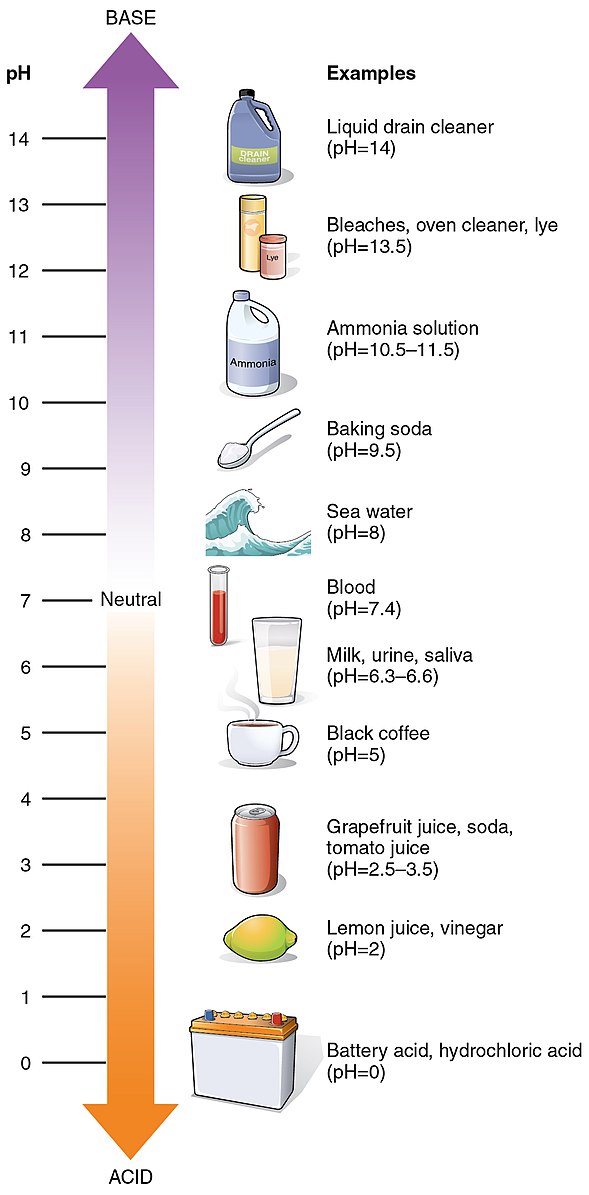The pH of tap water in Austin, Texas, is a topic of concern for many residents, as the levels typically range from 9.6 to 9.8, significantly higher than the neutral pH of 7. This high pH is primarily due to the presence of calcium carbonate, or lime scale, which is abundant in the region’s geological composition.
Understanding the High pH Levels in Austin’s Tap Water
The pH, or potential of hydrogen, is a measure of the acidity or basicity of a solution. A pH value of 7 is considered neutral, while values below 7 are acidic and values above 7 are basic or alkaline. The high pH levels in Austin’s tap water are a result of the region’s water source and treatment process.
Austin’s water supply is primarily drawn from the Colorado River, which flows through limestone-rich areas. As the water travels through these geological formations, it dissolves the calcium carbonate, resulting in a high concentration of this mineral in the water. During the water treatment process, the addition of lime (calcium oxide) further increases the pH level, leading to the high alkalinity observed in the final product.
Potential Impacts of High pH Tap Water
 Image source: OpenStax College
Image source: OpenStax College
While the high pH levels in Austin’s tap water are not necessarily unsafe for consumption, they can have several potential impacts on both household and personal use:
-
Appliance and Plumbing Damage: The high pH can lead to the buildup of lime scale in pipes, faucets, and appliances, such as washing machines and dishwashers, potentially reducing their efficiency and lifespan.
-
Skin and Hair Irritation: The alkaline nature of the water may cause dryness, irritation, and an imbalance in the natural pH of the skin and hair, leading to issues like eczema, dandruff, and frizzy hair.
-
Taste and Odor: The high pH can result in a distinct taste and odor in the water, which some individuals may find unpleasant.
-
Nutrient Absorption: The high pH can potentially interfere with the body’s ability to absorb certain nutrients, such as iron and magnesium, which are essential for overall health.
Addressing the High pH Levels in Austin’s Tap Water
For individuals concerned about the high pH levels in their tap water, there are several remedies and alternatives to consider:
Reverse Osmosis (RO) Filtration
Installing a reverse osmosis (RO) filtration system can effectively remove the majority of contaminants, including the minerals that contribute to the high pH levels. RO systems work by forcing water through a semi-permeable membrane, which traps and removes a wide range of impurities, including dissolved minerals, heavy metals, and microorganisms.
Water Softeners
Water softeners can help to reduce the hardness of the water and lower the pH level. These systems work by exchanging the calcium and magnesium ions in the water with sodium or potassium ions, effectively reducing the mineral content and the overall pH.
Home Remedies
For a more natural approach, there are several home remedies that can help to lower the pH level of tap water, such as adding a small amount of lemon juice or vinegar. However, it is important to use these remedies in moderation, as excessive use can lead to other issues, such as corrosion of pipes and fixtures.
Testing and Monitoring
Regularly testing the pH and other water quality parameters of your tap water is essential to ensure that it is safe for consumption and to address any issues that may arise. The City of Austin provides comprehensive water quality reports, which can be accessed on the city’s website.
Conclusion
The high pH levels in Austin’s tap water are a common concern for many residents, but there are several solutions available to address this issue. By understanding the causes and potential impacts of the high pH, and exploring the various remedies and alternatives, Austin residents can take steps to ensure that their tap water meets their needs and preferences.
References:
- The Planted Tank Forum – How do you change water in Austin?
- AustinTexas.gov – Water Quality Summaries
- AustinTexas.gov – CITY OF AUSTIN WATER QUALITY SUMMARY 3rd Quarter 2012
- Reddit – gotta love Austin tap water! city averages put it at 9.6pH
- City-Data – Austin water pH? (home, to buy, softeners) – Texas – City-Data
